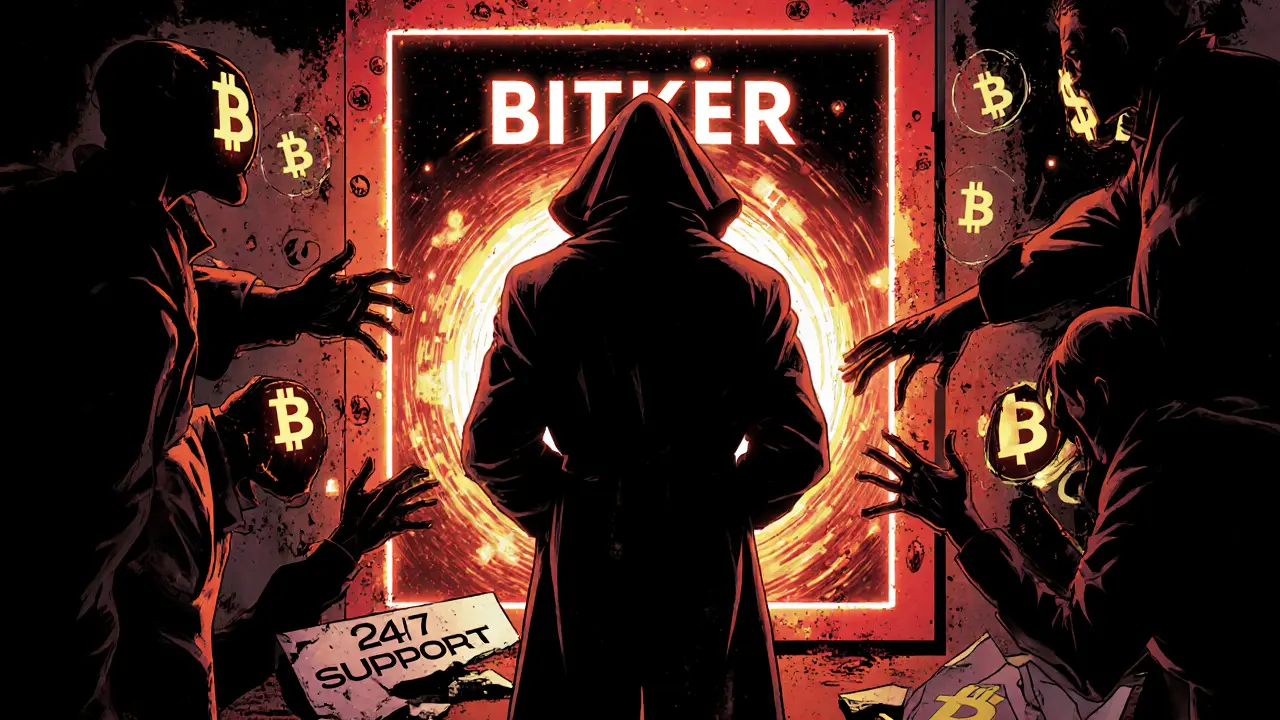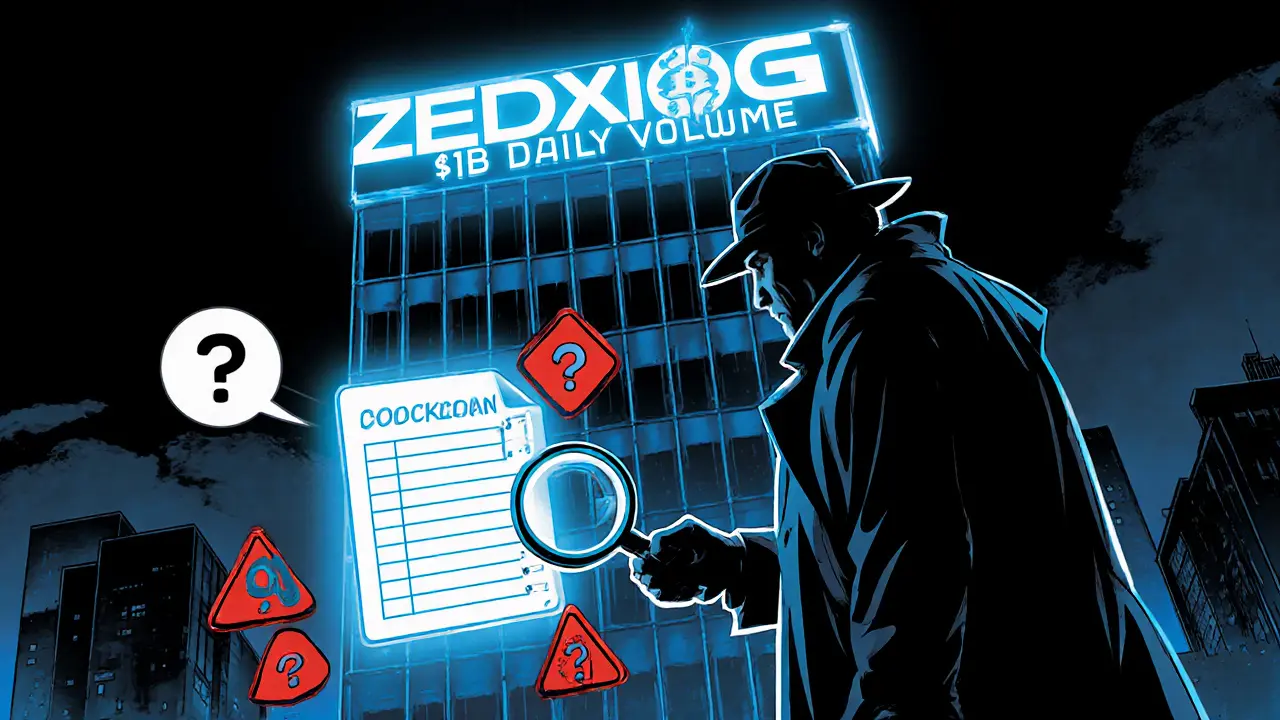Crypto Exchange Review: What Traders Need to Know
When looking at Crypto Exchange Review, a systematic assessment of a cryptocurrency exchange’s security, fees, liquidity and regulatory compliance. Also called exchange assessment, it helps traders spot reliable platforms and avoid costly scams. In the same breath, a Cryptocurrency Exchange, any online service that lets users buy, sell or swap digital assets is the core playground where these reviews happen.
Key Factors in a Crypto Exchange Review
First, exchange regulation shapes the whole ecosystem. Jurisdictions that impose AML/KYC rules, licensing fees or capital requirements directly affect an exchange’s credibility. For example, a platform operating under a EU passport must file regular reports, which shows up in the compliance score of a review. Second, a thorough security audit is non‑negotiable. Audits examine smart‑contract code, cold‑wallet storage practices and phishing defenses. When an audit report lists multiple breach attempts that were blocked, the review assigns a high security rating. Third, trading fees and hidden costs dictate long‑term profitability. A review breaks down maker/taker splits, withdrawal charges and any volume‑based discounts, letting traders calculate real‑world cost of each trade.
Liquidity is another pillar. An exchange with deep order books and multiple market makers reduces slippage for large orders. Reviewers measure average spread, daily volume and the number of supported trading pairs. High liquidity often correlates with better price discovery and faster order execution. Lastly, user experience matters. Simple UI, responsive support and clear dispute‑resolution policies boost the overall score in a crypto exchange review.
These entities intertwine: strong regulation fosters rigorous security audits, which in turn attract high‑liquidity providers, keeping fees competitive. By mapping out these relationships—Regulation → Security, Security → Liquidity, Liquidity → Fees—readers get a clear picture of why a platform might rank high or fall short. The review also highlights red flags like missing licenses, single‑point‑of‑failure storage or opaque fee structures.
Below you’ll find a curated collection of articles that dive deep into real‑world cases: from the Thodex exit scam dissected in a detailed review, to the latest enforcement actions against major exchanges, and side‑by‑side comparisons of fee models. Whether you’re a beginner hunting for a safe first exchange or an experienced trader fine‑tuning your platform stack, the posts give actionable insights you can act on right now. Let’s explore the landscape together and see which exchanges earn the green light.
Moonit is not a crypto exchange - it's a token you can trade on decentralized platforms like Uniswap. Learn what Moonit really is, where to trade it safely, and why confusing it with an exchange could cost you.
BITKER was a fraudulent crypto exchange that vanished in 2021 after stealing over $1.2 million from users. This review exposes its scams, red flags, and why you should never use it.
An in‑depth review of Zedxion Exchange, exposing its unverified volume claims, lack of licenses, security flaws, and user complaints. Learn why it ranks as a high‑risk platform.
A detailed review of New Capital crypto exchange, highlighting regulatory gaps, consumer complaints, and safer, regulated alternatives for traders.
An in‑depth 2025 review of Bitfinex covering fees, security, liquidity, margin tools, and who should trade on the platform.
A detailed 2025 review of Kanga Exchange covering fees, features, security, OTC network, and who should use it.






